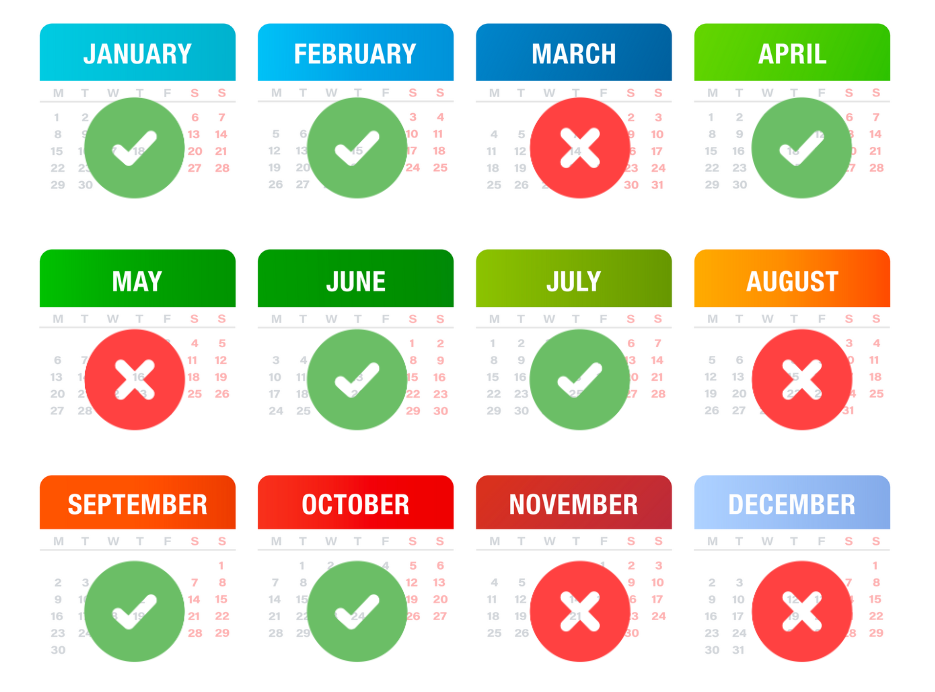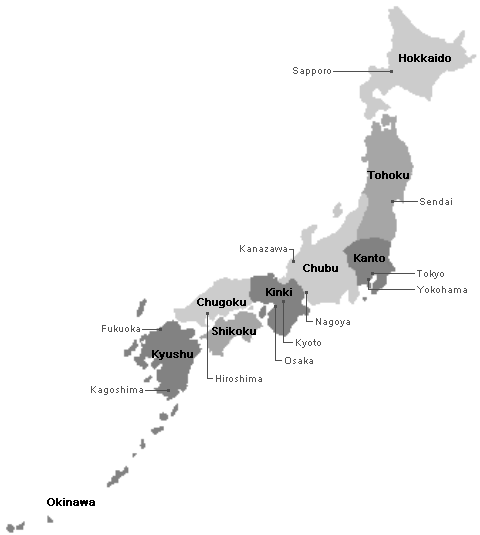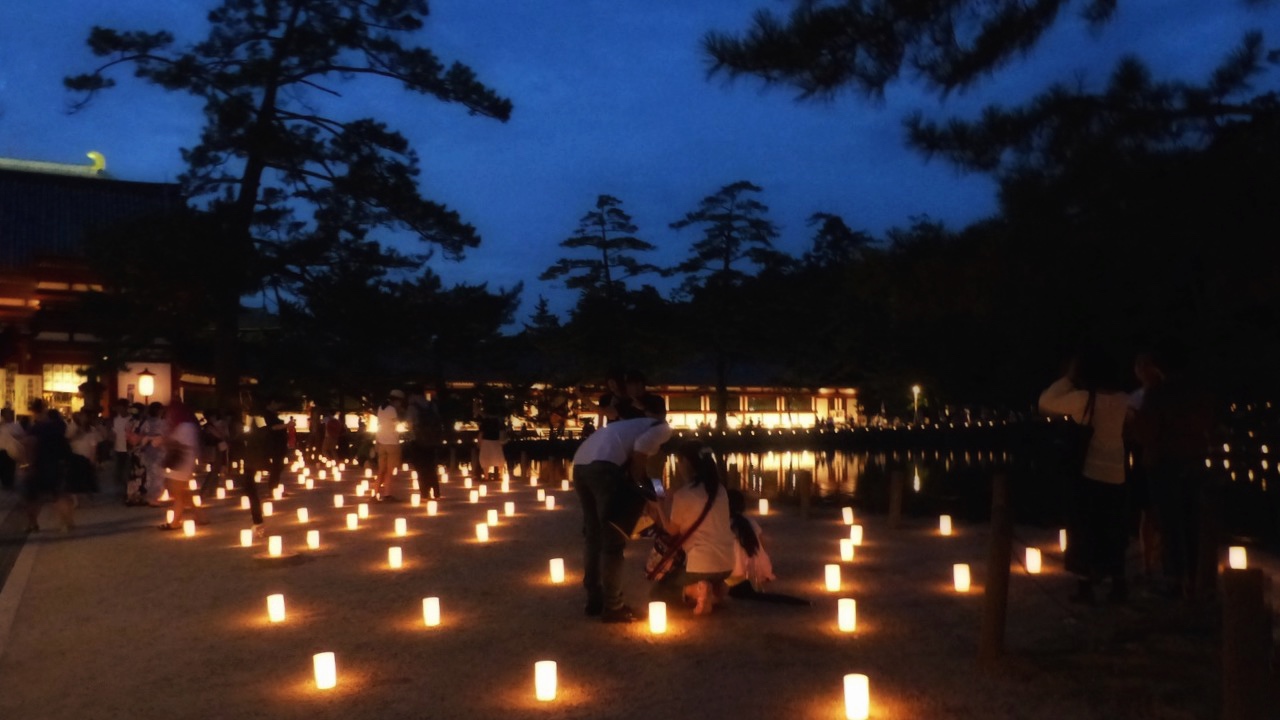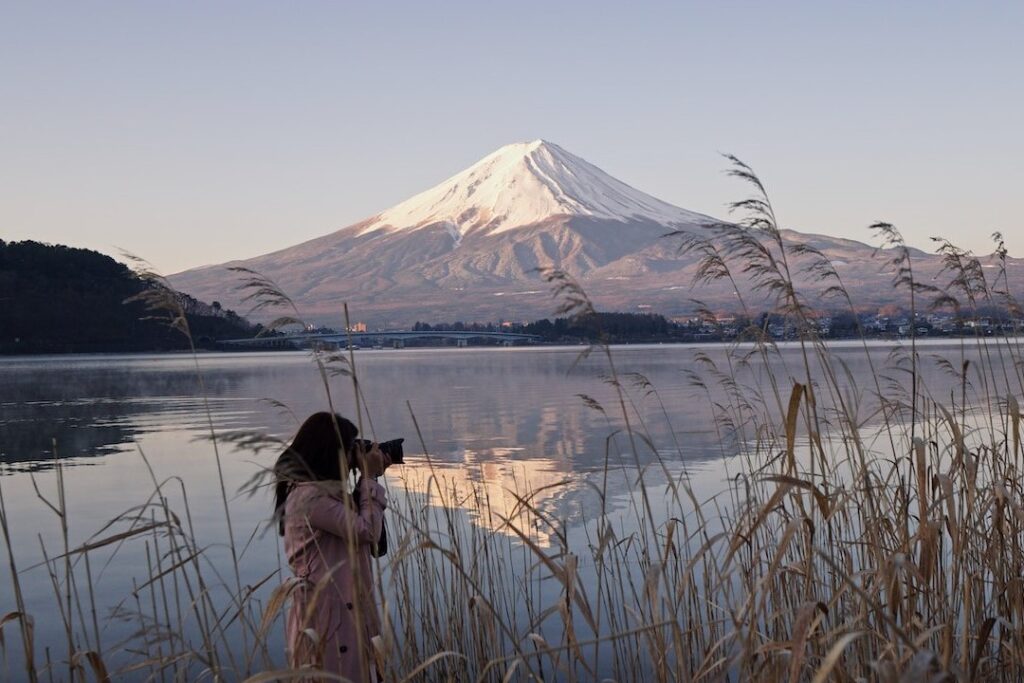1. Japan Expensive Holiday Seasons
When are the most expensive seasons? According to statistics, hotels and flights are expected to be costly in those high tourist seasons: March, July, August, October, November, and December.
When are the cheapest seasons to travel to Japan? According to statistics, hotels and flights are expected to be affordable during these low tourist seasons: January, the rain season (May to June), and February.



Most Expensive Periods in Japan
 March
March
Tourists travel to Japan as the temperature gets warmer. The cherry blossom season from mid-May to 1st-week of April attracts millions to popular spots. Side note: Ueno Zoo’s admission is free on March 20 Anniversary Day).
 The Golden Week
The Golden Week
From the end of April to 1st-week of May, Japanese people are expected to travel through Japan for this special week regrouping 3 public holidays. The best hotels and domestic transportation will be fully booked. Popular spots and family-oriented attractions will be crowded.
 August
August
Flights are expensive as it is a high-demand period. This month accommodates many foreign tourists but offers one of the most vibrant travel experiences with the hottest Japanese weather and festivals. 
 September
September
From mid-September to the end of September, Japanese people are expected to take their vacation to enjoy the good weather and the beginning of fall. It is not as big as the Golden Week, but prices can be doubled in this period.
 November
November
High-demand period due to 2 public holidays, and fall in Japan being incredible with beautiful foliage and warm weather. Admissions to many Japanese museums and art galleries is free on Culture Day.
 December to 1st week of January
December to 1st week of January
Tourists enjoy their end-of-year vacation, international flights are expected to be more expensive in this period. On the New Year, many Japanese visit shrines for prayers. And, malls hold special events on the 1st week of January. So, both locations are expected to be exceptionally crowded.
Japan National Holiday 2025
1 Jan (The New Year)
13 Jan (Coming-of-Age Day)
11 Feb (Foundation Day)
24 Feb (National day)
20 March (Spring day)
29 April – 5 May (Golden Week)
21 July (Marine day)
- 11 August (Mountain day)
15 Sep (Silver day)
23 Sep (Autumn equinox)
13 Oct (Sports day)
3 Nov (Culture day)
24 Nov (Labour day)
2. Best Weather in Japan
When is the rainy season in Japan? Moonson generally happens from June to the 1st week of July. But, Hokkaido doesn’t have a rainy season. Okinawa rainfalls is from May to mid-June, with a high number of typhoons in August and September.
Which months have a clear sky in Japan? August, September, and Winter have the clearest skies from November to February. In northern regions, the snow season starts from mid-December to February. Minor rainfalls are expected from mid-March to mid-April.
What temperatures to expect?





 Spring 春 (March to May)
Spring 春 (March to May)
Temperatures: +4 to 21 °C (40 to 78 °F) | Okinawa average above 19°C (66°F)
 Summer 夏 (June to August)
Summer 夏 (June to August)
Temperatures: +18°C to 32°C (64 to 90 °F) | Okinawa highest at 32°C (89°F)
 Autumn 秋 (September to November)
Autumn 秋 (September to November)
Temperatures: +6°C to 24°C (42 to 75 °F) | Okinawa average above 26°C (80°F)
 Winter 冬 (December to February)
Winter 冬 (December to February)
Temperatures: -3°C to 12°C (27 to 53 °F) | Okinawa lowest at 14°C (57°F)
3. The Ideal Year Calendar in Japan

First Spring bloom dates
Plum blossom can be seen from February to March.
Cherry blossom the last week of March to 1st week of April, until the 3rd week of April in high-altitude hills or mountains
Fall foliage dates
Hokkaido & Tohoku fall foliage is the earliest, starting from the end of October. Other regions’ dates are in mid-November.
Japan’s red Maple tree can be observed until the end of November. The Gingko trees turn yellow a week later from November to mid-December.
Ideal Year Calendar through Japan
As an enthusiast traveler in Asia, I have experienced it all. From going to crowded places in the high season, such as Tokyo and the Kansai region, to experiencing festivals in the lesser-known areas. Below is my ideal travel plan in Japan, to avoid the crowd while experiencing the vibrant festivals and the season changes.

New Year & Ending of the Christmas season in Kanto: The Christmas decorations still light up in Tokyo until the 3rd week of January. And, the flights and hotels are more affordable making it perfect for day trips around Tokyo and discovering Kanto.
Winter hot spring bath called Onsen & First Blossom in February: Atami Plum Garden (Chubu seaside near Hakone) & Yamanashi nature sightseeing around the Fuji 5 Lakes and Hakone.
Cherry blossom viewing in late March: Seishindaitokushoutokuhi (Chugoku Miyajima island with deers), Hill of a thousand cherry trees (Chugoku seaside near Onomichi and Hiroshima), Nagarekawa Cherry blossom trees (Kyushu cherry blossom festival)
Experience Hokkaido off-season, ski, onsen, and sightseeing without the spring rain but snow. Or, Tohoku nature sceneries with the late Cherry Blossom Festival at Hirosaki Cherry Blossom Festival (3rd and 4th week of April).

May is the after Golden Week, meaning Hakone and Kawaguchiko will still be crowded. But, the North of Chubu such as Gifu’s onsens, Shirakawa-gō, and Gokayama villages, and seeing a part of the Japanese Alps is worth it!
It is difficult to avoid the rainy season, but Okinawa’s weather in May and June is pleasant with light rainfalls. Hot enough to enjoy swimming, and humid enough to see the vegetation strive. Knowing typhoons occur frequently in August and September, late June should be the perfect in-between period.
July is the start of summer with major festivals all across Japan. Enjoy Kyushu’s Hakata Gion Yamakasa on July 1st, and the multiple other festivals in mid-July. Or, you could find a quiet seaside town. Finally, Mt. Fuji could be climbed in perfect conditions in July. And, the Japanese Alps are also a popular destination at that time with the summer blooms.
August is the peak of the tourist season with the highest summer temperatures and many festivals. To avoid the crowd and heat, a quiet town visit in Shikoku or Tohoku is perfect. Shikoku is near Kinki and Chugoku where the most vibrant August festivals happen. It is also well-known for its hiking and sea scenery up hills. Tohoku is incredibly diverse in August with the 3 Great Festivals (Nebuta, Kanto, and Tanabata).

When summer’s excitement tones down, it is time to visit Kinki properly without the heavy crowd. Enjoy the mountain stream and restaurants near Kifune-jinja in Kyoto. Eat extravagant Japanese food around Osaka, and bow to the deers in Nara. Other popular spots in Kansai are the Ine fishing village, Amanohashidate, Kinosaki onsen, and Tottori Sand Dunes.
October’s warm weather is perfect for visiting Okinawa and Kyushu. The outdoor Hakata’s food stalls called Yatai are a must-try. There are also plenty of landscapes to discover.
Fall foliage is the best in November. Hokkaido (from the beginning of November) and Chugoku (from mid-November) offer 2 different vibes while having pretty red maple trees and hills. One best activities is bathing in a hot spring!
December has quite a high hotel and flight price tag compared to the volume of tourists. This is mainly because of domestic tourism. But, this is a nice period to visit the popular cities. With the mild temperatures and Christmas feels, Tokyo and Osaka can be so fun!
Have you found an issue? Is there someone who stole the content of this article? Help us make it right by sending a mail to support@adaysophie.com, thank you!

